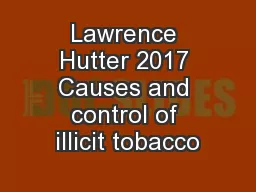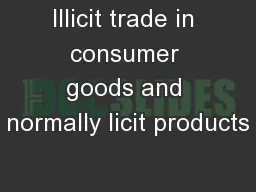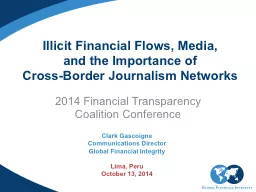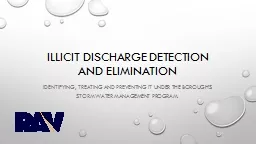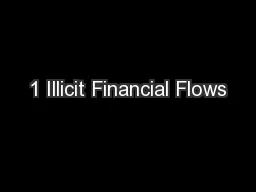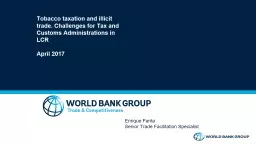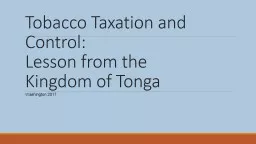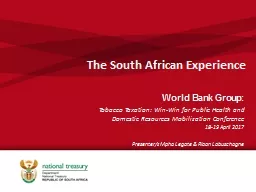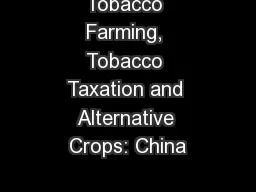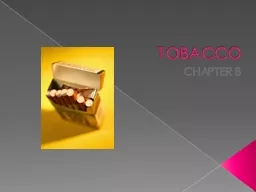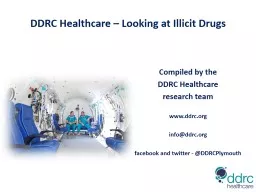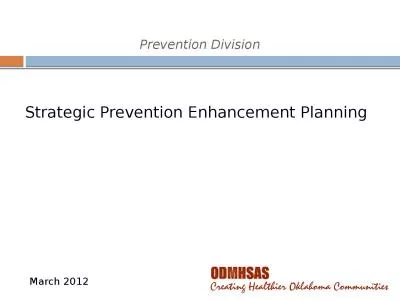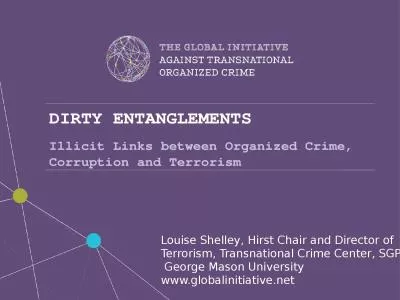PPT-Lawrence Hutter 2017 Causes and control of illicit tobacco
Author : alexa-scheidler | Published Date : 2018-03-23
A research study conducted by Alvarez amp Marsal Tobacco products are among the most highly trafficked products in the world second only to drugs An estimated
Presentation Embed Code
Download Presentation
Download Presentation The PPT/PDF document "Lawrence Hutter 2017 Causes and control ..." is the property of its rightful owner. Permission is granted to download and print the materials on this website for personal, non-commercial use only, and to display it on your personal computer provided you do not modify the materials and that you retain all copyright notices contained in the materials. By downloading content from our website, you accept the terms of this agreement.
Lawrence Hutter 2017 Causes and control of illicit tobacco: Transcript
Download Rules Of Document
"Lawrence Hutter 2017 Causes and control of illicit tobacco"The content belongs to its owner. You may download and print it for personal use, without modification, and keep all copyright notices. By downloading, you agree to these terms.
Related Documents

